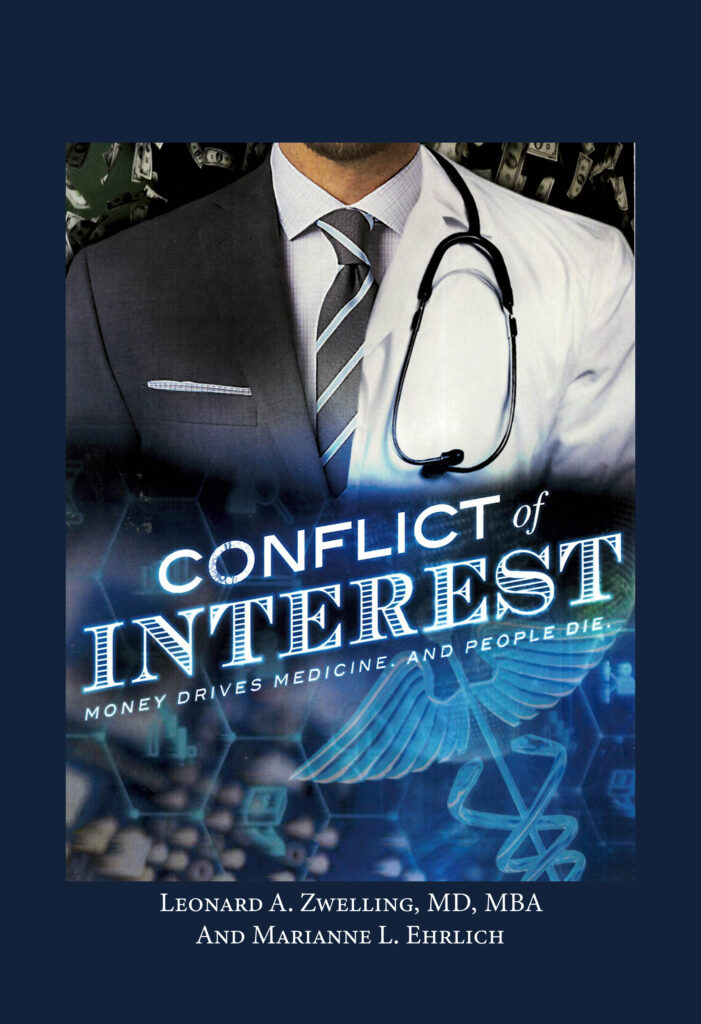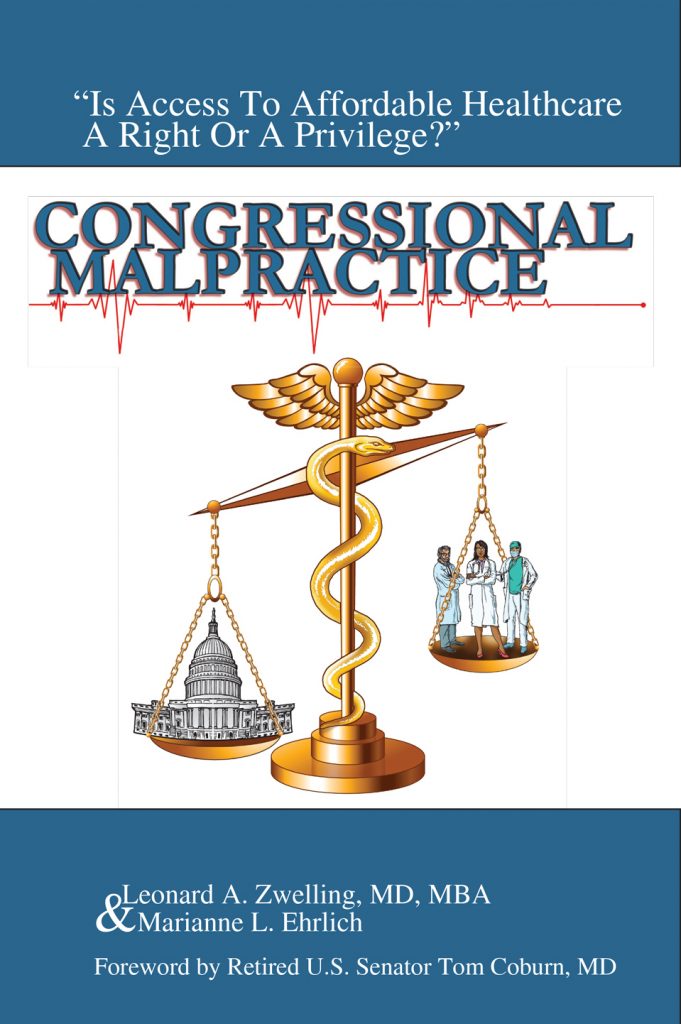Institutional PTSD
By
Leonard Zwelling
The
signs and symptoms are irrefutable.
The
Mayo Clinic web site sums it up very well:
Post-traumatic stress disorder
symptoms are generally grouped into three types: intrusive memories, avoidance
and numbing, and increased anxiety or emotional arousal (hyperarousal).
Can
there be any doubt that the faculty of MD Anderson, and the institution as a
whole, are suffering from PTSD to varying degrees?
Those
of us who were here before 2001 have memories intruded by thoughts of a very
different place, a place from which most of us were sure we would retire. It
was collegial, caring, held in high esteem, exhibited high integrity and viewed
itself on the cutting edge of modern cancer care. Patients were the center of
the MD Anderson universe.
Today,
there is only one thing at the center of MD Anderson. Money. The only outcomes
that seem to matter have to do with revenues and expenses not remissions and
cures. We claim to be number one, but where are the outcome data that confirm
this on our web site?
Avoidance
and numbing is a way of life here. The MD Anderson Employee Prayer could be “Just
get me through the day, the week, the month, the year and maybe things will get
better”. But they don’t and they won’t.
Just
as the American government wrongly viewed 9/11 as an act of war instead of the
crime it actually was, MD Anderson and its Board of Visitors viewed the poor
judgment of our presidents as men being men, or worse, boys being boys. And it
was all done by the boys. Surely, there appeared to have been no adults around
keeping tabs on the kids in charge.
It
is fascinating that the United States’ protracted war posture for the past 12
years is co-temporal with MD Anderson’s downward spiral from being the beacon
for patient care to being a corporate giant. Both time lines were launched by
criminal behavior and more people went to jail who were associates of our
President than were associates of the American President. Go figure!
Finally,
anxiety is a constant hum under everything and everyone at Anderson and in
America. While it struck globally in September of 2001, it hit really close to
home in September of 2008 when the economy collapsed because of corporate greed
and inadequate government oversight. The same was true at Anderson where the
demand to feed the presidential love of bricks and mortar was being sustained
by investments that collapsed necessitating the 2008 death march order of
increased clinical productivity that persists to this day.
Even
seemingly safe employment at MD Anderson came into doubt. Can I keep my job?
Can I do any clinical research and see all these patients? How am I going to
get past the PTC and even if I do, will the President shoot me down anyway?
Nothing creates anxiety like the random dismissal of a major clinical leader
without any explanation as happened last fall. Immediately, everyone wonders,
am I next? How will I make the mortgage, tuition and car payments?
This
is the real world of America and MD Anderson. The cure starts with the
acceptance that there is illness here—national and corporate PTSD. Perhaps a
Twelve Step program is needed, but I am certain that both America and MD
Anderson can be fixed, but first they have to admit they have a problem of
wrong-headed leadership, poor responses to external forces including mislabeling
them, and a generalized alienation of the people who actually do the work from
their own leaders, whether in Detroit or in the Mays Clinic.
The
dithering by the current American President with regard to an attack on Syria
and his inability to muster any support for such an attack from our European
allies is testimony to the ineffectiveness of his own administration and the
one that came before.
Likewise,
the inability of Dr. DePinho to raise a minimal amount of support for his
programs from among the clinical faculty suggests that the faculty is tired of
grandiosity and wouldn’t mind a return to normal clinical care, research and
educational activities.
Unfortunately,
the world has moved on since 2001. What was working then and which has
long-since been abandoned, is unlikely to work now. We need something new on
Wall Street, on Main Street and on Holcombe Boulevard.
But
first, you have to admit we have a problem, Houston.




